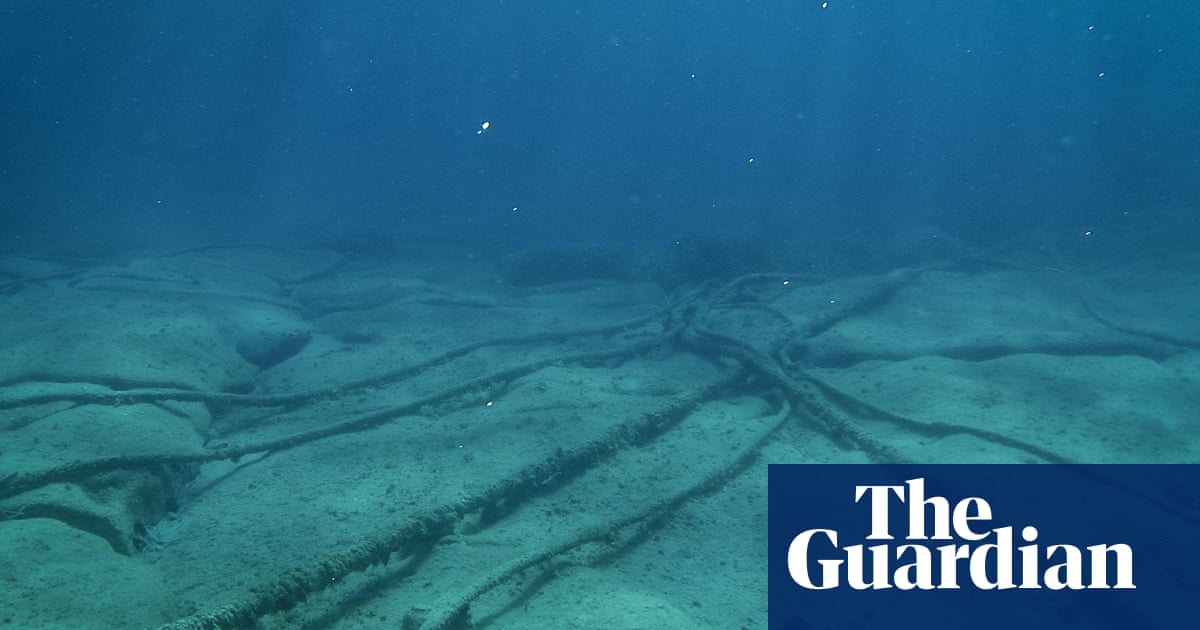Fashion
When Were Blue Jeans Invented? These Paintings Suggest the Fashion Trend Dates Back to the 1600s
/https%3A%2F%2Ftf-cmsv2-smithsonianmag-media.s3.amazonaws.com%2Ffiler_public%2Fcf%2F15%2Fcf15a100-0bdd-4a75-976e-21dfb9adf358%2Fscreen_shot_2024-05-07_at_120910_pm.jpeg)
In A Woman Sewing With Two Children, the central character wears a light wash denim apron.
Galerie Canesso, Paris
An exhibition centered on the “Master of the Blue Jeans” is opening in Paris this month—and the work on display is not that of Levi Strauss, founder of the eponymous clothing company, but rather a 17th-century Italian painter.
The upcoming show at Galerie Canesso features two paintings by the mysterious artist, who was active in northern Italy in the 1600s and is known only by his “master” moniker. The painter’s oil canvases depict early iterations of the stiff blue fabric beloved today, as worn by Italian peasants. According to a statement, the pieces have proved to be important artifacts in garment history, “pushing back [blue jeans’] provenance by centuries.”
Speaking with Artnet’s Vittoria Benzine, Maurizio Canesso, an art collector and the gallery’s founder, says, “People are still not very familiar with the true history of blue jeans, as they confuse it with the material made by Levi Strauss.”
In truth, Canesso argues, when the American businessman behind Levi’s jeans started selling denim work pants in the late 1800s, he merely added metal rivets and structure to a fabric that already boasted a storied European past.
Woman Begging With Two Children is one of ten oil paintings attributed to the so-called Master of the Blue Jeans, who was active in Italy in the latter half of the 17th century. Galerie Canesso, Paris/https://tf-cmsv2-smithsonianmag-media.s3.amazonaws.com/filer_public/a9/6b/a96b01af-de21-4a65-b9e9-3b961d952fb6/636838465494732728.jpg)
“Jeans come from Genoa, while denim comes from the French city of Nîmes,” says Canesso. Blue jeans were made with perpendicular stitches in northwest Italy, while denim was woven in chevron patterns in southern France. But the key component of the fabric’s history is its coloration.
“Until the 11th century, no one could wear blue fabric because they didn’t know how to make blue color adhere,” Canesso says. “Only in the year 1000 did this begin to happen using woad leaves, and at a very high cost. The genius of the Genoese was to find the indigo stone in India and make this an industrial and therefore low-cost process.”
The ten denim-themed paintings attributed to the master were previously thought to be the work of several different artists. But in 2004, curator Gerlinde Gruber reattributed the group of artworks to a single unnamed painter then dubbed the Master of the Blue Jeans. By 2010, Canesso had acquired all of the master’s works, and he presented them in an exhibition at his Paris gallery that same year.
“Unfortunately, we have no new theories about who the Master of the Blue Jeans was,” Véronique Damian, an art historian at Galerie Canesso, tells the Observer’s Vanessa Thorpe. Evidence indicates the artist spent the bulk of his career in Italy’s northern region of Lombardy, though he may trained elsewhere.
The paintings going on view this summer are A Woman Sewing With Two Children, in which a woman wears a faded, frayed jean apron, and Woman Begging with Two Children, in which a figure sports a long, medium-wash jean skirt. The former is on loan from the work’s owner, while the latter will be up for sale during the exhibition.
Several of the master’s paintings depict the same archetypal trio, who are “presented in a monumental manner, retaining all their dignity despite the theme of poverty,” the gallery writes. According to the statement, the paintings’ “rediscovery” illuminated blue jeans’ Genoese origins and added to the fabric’s reputation as a pseudo-uniform of the working class.
“The Master of the Blue Jeans is the only one who painted jeans,” Canesso tells Artnet News. “These paintings are the story of a family: They are always the same characters, wearing the same clothes—clothes that they used every day. And they are true jeans fabric: When it tears, the white thread comes out.”
“Thirty Years of the Galerie Canesso: When the Past Looks to the Future” will be on view at the Galerie Canesso’s Paris location from May 16 to June 28.








